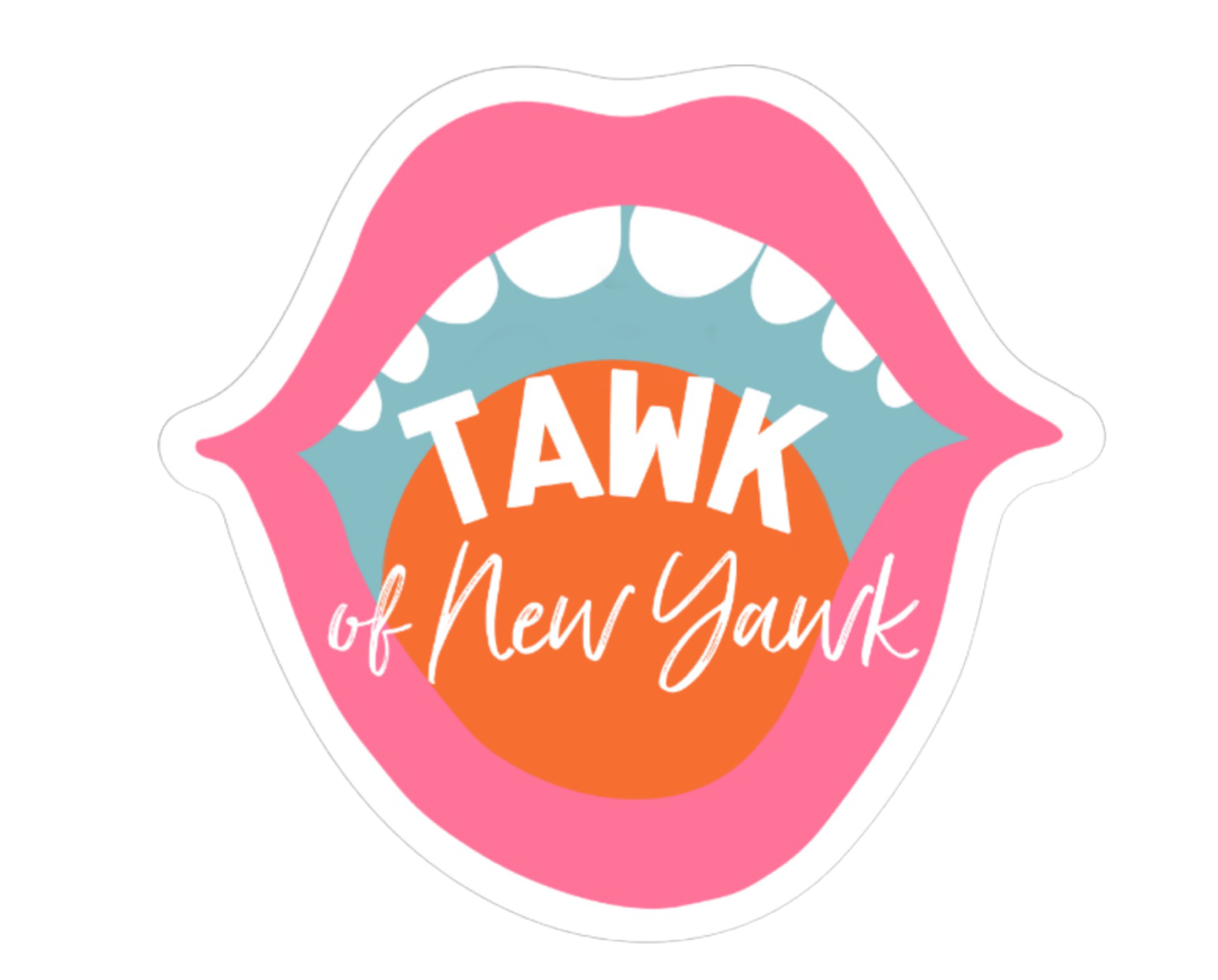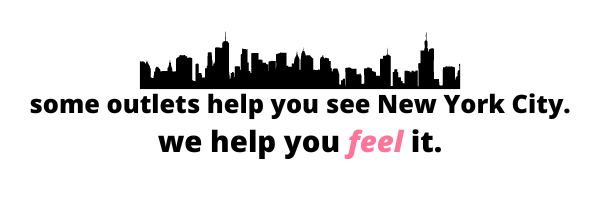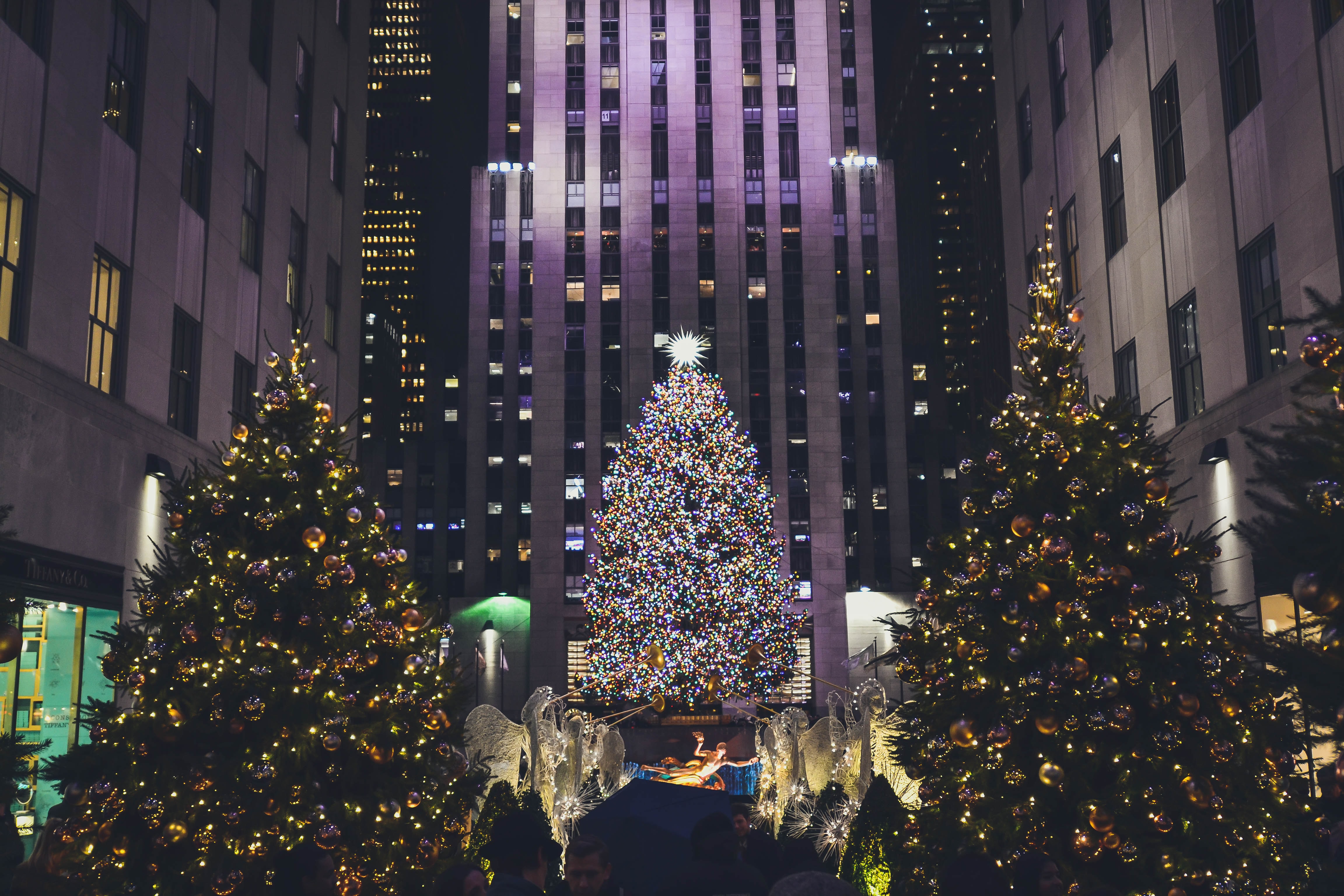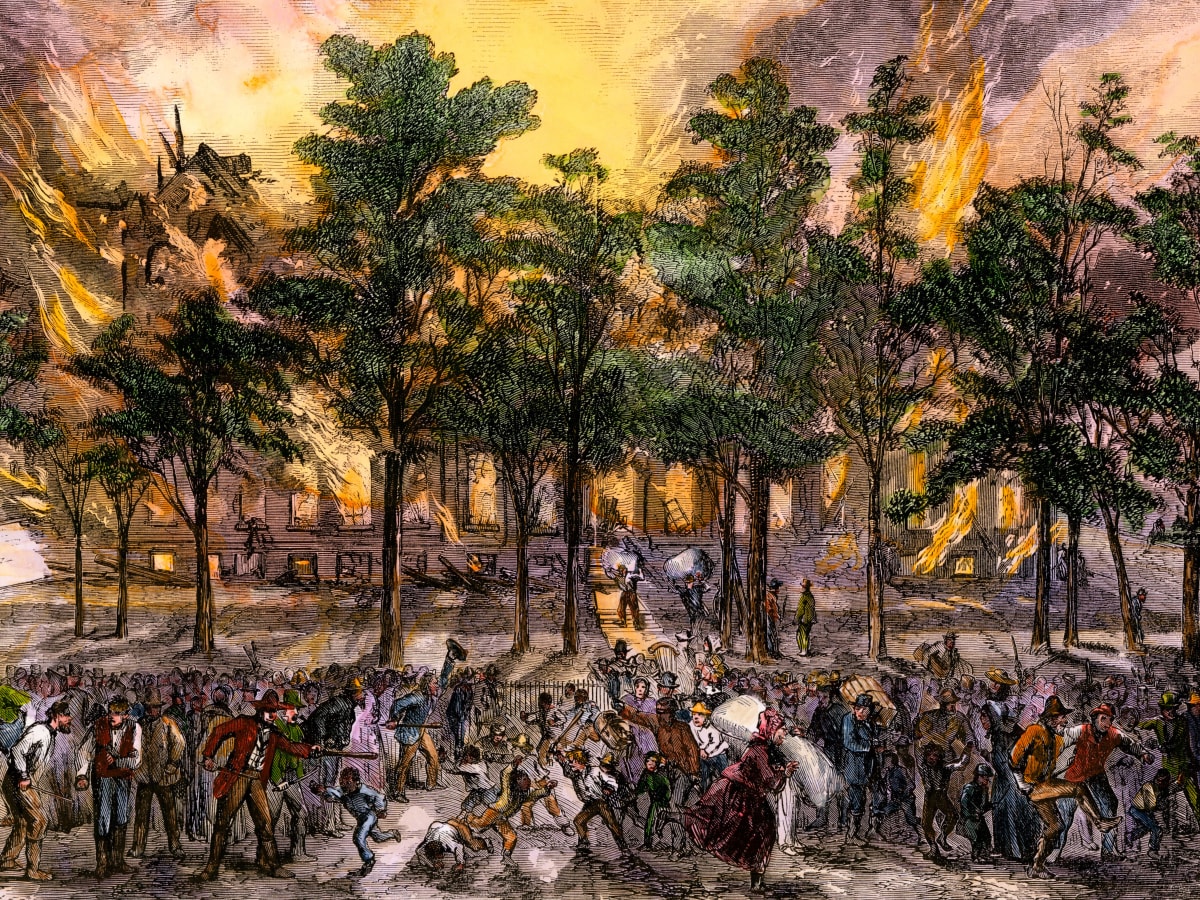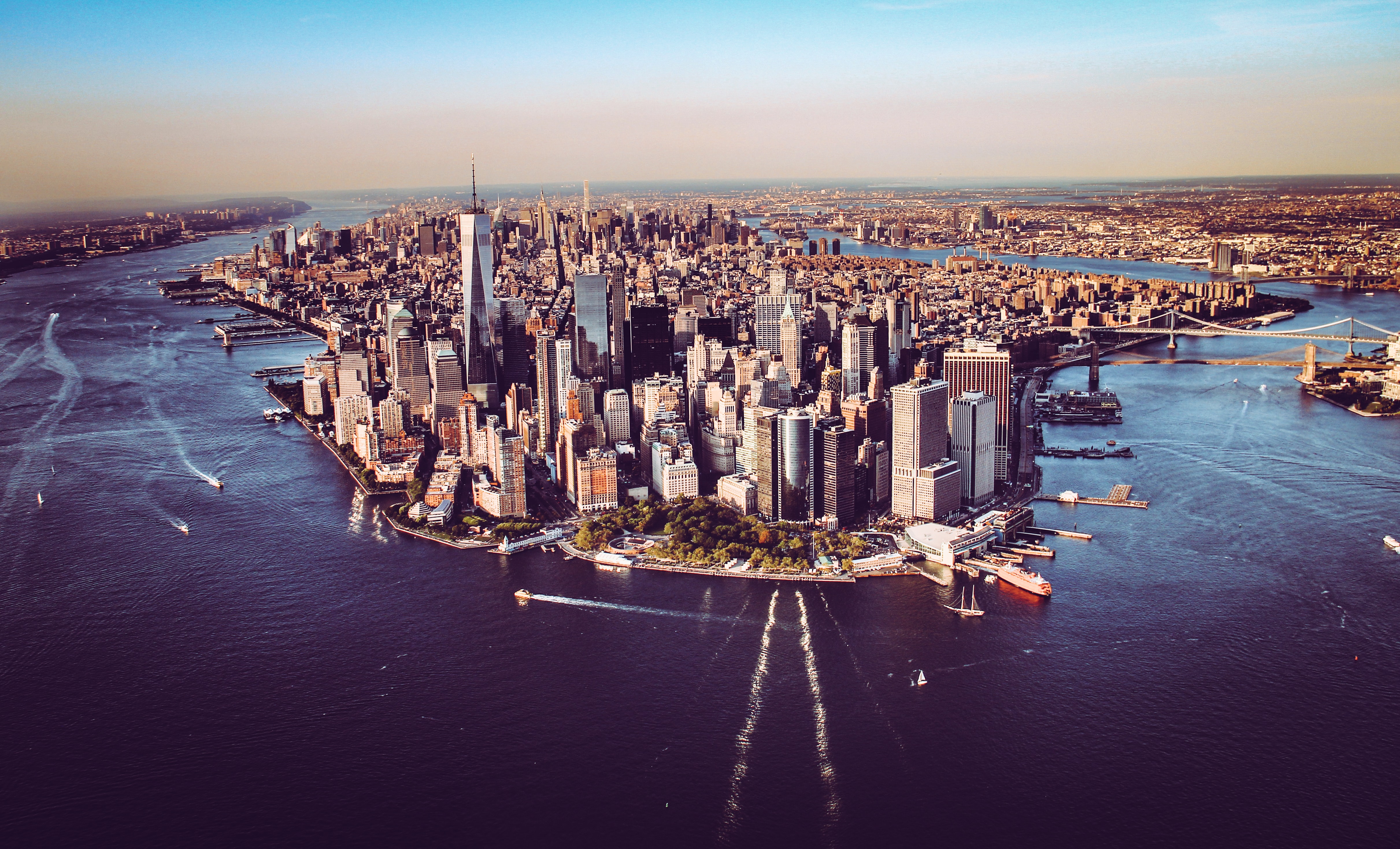
New York City, as we know, love, and hate it today, officially came into exitance on January 1, 1898. Most scholars like to call it a part of the Urban Imperialism trend, which was really popular in the 19th century. It is just a fancy word for one urban area acquiring another. However, it was part of a referendum that connected the five boroughs in a misshapen union. The City worked at facilitating cultural cohesion and transportation that would connect the boroughs and allow for easy access and work. Each borough has its unique history and quirks. Anyone who is a New York native or moved here to call it home has come to love the different city boroughs. Having so many options means that most people can find a small place that feels just right. Which is your favorite and why?
Manhattan

The story goes that Henry Hudson sailed up the Hudson River (yes, they named the river after him) in 1609. A seaman wrote in his journal that a group of Native Americans speaking Munsee pointed to the land and said, “Manahata” Unfortunately, no one on board the ship bothered to find out what it meant, or if they did, they didn’t bother to write it down. There are several theories about what the name implies. One is that it means “island where we all become intoxicated,” and another, more recent, suggests it translates to “island.” Another source argues that the name is Lenape and means “Land of many hills.” I think what is important to remember here is always ask for a translation and write it down. 12 north-south avenues and 220 east-west streets make up Manhattan. It is the “original” New York, and most NYC tourists only visit Manhattan. Even to locals, Manhattan is known as “the city.” Today, it is still a powerhouse of trade, finance, and innovation and boasts of some of the most iconic buildings, countless restaurants, cultural enclaves, arts, and culture.
Brooklyn

The area known as Brooklyn started as a smattering of Dutch villages along the river. Dutch settlers called it Breukelen named after a Duch town, and meant “broken land.” If you gave anything to European Explorers, it was their ability to either name things in a language they didn’t speak or reuse the same old names again and again. When the British took over, they named the county Kings county and anglicized most of the names, such as turning “Boswijk” to Bushwick and “Valcke Bos” to Flatbush. These both mean “town in the woods” and “wooded plain,” respectively, a clear reminder that the Brooklyn of today and the 1600 hundreds are not the same, even if Bushwick feels like a town in the woods some nights. By 1890 Brooklyn was considered the 4th largest city in the United States. It had its Historical Society, Academy of Music, and an urban park named Prospect Park, which (both made by Olmsted) rivaled Central Park. The Brooklyn Bridge was completed in 1883, which helped facilitate travel between the two cities of Manhattan and Brooklyn. By 1889, Brooklyn officially joined New York as a borough, making it the first commuter suburb. Brooklyn had the Dodgers baseball team until they left for California in 1957. Brooklyn’s working class and industrial makeup changed in the late 20th century and became a hub for artsy and hip bohemians. The views along the river rival none other, and the ferry ride is a fun way to travel back and forth. (Plus, it is the same price as the subway and doesn’t stink as much)
Queens

Queens is supposedly named after King Charles II’s wife, Queen Catherine. Many of the borough names are Munsee, like Rockway from “leekuwahkuy,” meaning “sandy place.” I have to say. It doesn’t seem to matter where humans come from; we like to name things as we see them. Queens would also be a huge city if it were independent of New York. What is unique about the borough is that it has more suburban feelings than either Manhattan or Brooklyn. While driving through sweeping large homes of Forest Hills, one forgets that they are still in NYC. Queen’s was first agricultural until the 1870s, when it became a hub for industries like Steinway pianos and Poppenshusen rubber. In 1984 it voted for the creation of Greater New York. Queens was the center of the silent film industry until Hollywood displaced it in the late 1920s.
However, not all of the film products are gone. With its iconic sign, the famous Silver Cup Studio is still busy producing shows. Queens has always been a popular spot for Avian. Glenn Curtis, an aviation pioneer, flew from Albany to Queens in 1910. In 1939 La Guardia Airport opened, and in 1948, the Idlewild International Airport (later renamed JFK). The boroughs also famously host the US Open Tennis Championships, and Rockaway Beach is the only legal place to surf in NYC.
The Bronx

The name of this borough harkens back to a Swedish sea captain turned farmer, Jonas Bronck. Further proof that Jonas has always been a cool name and always will be one. The sea captain had a farmstead on what is now 132nd Street and Lincoln Ave in 1639. Again the English got their hands on the spelling and changed the name to the Bronx. The other name used to reference The Bronx for a long while and still holds sway is Van Cortlandt. They were a wealthy Dutch family. The Bronx is fun because it is the only part of New York City that is not an island. (I often forget, as do we all, that technically Brooklyn and Queens are a part of Long Island and, therefore…a long island.) Originally it was only connected to the city through a tiny bridge called The Kings Bridge across the Spuyten Duyvil Creek. Now, the Bronx Expressway does most of the heavy lifting. The Bronx was the sight of much Revolutionary War Conflict. The Bronx Zoo and the New York Botanical Garden are iconic features everyone should make the trek to, while the views of the river are gorgeous and reminds of the city’s beauty.
Staten Island

The British didn’t keep many Dutch names when they took over. They anglicized “Staaten Eylandt” (State’s Island) to the much more exciting Staten Island. Richmond county was named after the illegitimate son of King Charles II, Charles Lennon Duke of Richmond. This must be why Staten Island feels like the bastard stepson of the boroughs. Staten Island is one of the least densely populated boroughs, which is good if you like more space but still want to be considered a New Yorker. The borough remained small and underdeveloped until the construction of the Verrazzano-Narrows Bridge. The ferry that runs to Manhattan remains one of the most used connections. The borough voted in 1993 to succeed from NYC though the state assembly blocked it. The idea of secession still surfaces at times. However, don’t give them a bad rap without visiting. Staten Island has some beautiful parks, and the views of the surrounding city are worth the trip. If you are into the more island vibe, Staten Island is small enough that you don’t forget as quickly.
Works Cited
https://untappedcities.com/2021/04/15/nyc-boroughs-names/
https://guides.lib.jjay.cuny.edu/c.php?g=288385&p=1922495
https://www.britannica.com/place/New-York-City/The-boroughs
https://www.britannica.com/place/New-York-City/Planning-the-modern-metropolis
